 J9 Leading Solutions partnered with Linda Krall to co-facilitate a retreat for over 70 staff and Board members for a non-profit that provides counseling for children and their families. Like many organizations they had recently transitioned leadership when their long-time Executive Director stepped down. This can be a time of uncertainty and unrest for employees, clients and stakeholders.\n\nThe new Executive Director took a pro-active approach to the transition. Instead of fretting about how to fill the shoes of her predecessor, she engaged people. She surveyed the staff, then followed up with personal face-to-face interaction with each staff member. This help set the stage to gather everyone together, staff and Board members, to share ideas, connect with one another and craft the vision of the organization.\n\nShe enlisted our assistance to create a session that would invite open communication, generate ideas and excitement about the future direction of the organization and strengthen the bonds between them. Our typical approach is to ditch the Powerpoint presentation, nothing kills creative collaboration like a bunch of boring slides. Instead, in the first 30 minutes people had gone from anxious to excited.\n\nLaughter filled the room after they shared portraits they drew of a colleague. This was followed by some lively discussion about their perceived brand. They pondered what kind of car or airline others might use to describe them. This was important as their objective was ultimately to write a vision statement of where they saw the organization in the future.\n\nWhen crafting a vision statement there are several key elements to consider:\n
J9 Leading Solutions partnered with Linda Krall to co-facilitate a retreat for over 70 staff and Board members for a non-profit that provides counseling for children and their families. Like many organizations they had recently transitioned leadership when their long-time Executive Director stepped down. This can be a time of uncertainty and unrest for employees, clients and stakeholders.\n\nThe new Executive Director took a pro-active approach to the transition. Instead of fretting about how to fill the shoes of her predecessor, she engaged people. She surveyed the staff, then followed up with personal face-to-face interaction with each staff member. This help set the stage to gather everyone together, staff and Board members, to share ideas, connect with one another and craft the vision of the organization.\n\nShe enlisted our assistance to create a session that would invite open communication, generate ideas and excitement about the future direction of the organization and strengthen the bonds between them. Our typical approach is to ditch the Powerpoint presentation, nothing kills creative collaboration like a bunch of boring slides. Instead, in the first 30 minutes people had gone from anxious to excited.\n\nLaughter filled the room after they shared portraits they drew of a colleague. This was followed by some lively discussion about their perceived brand. They pondered what kind of car or airline others might use to describe them. This was important as their objective was ultimately to write a vision statement of where they saw the organization in the future.\n\nWhen crafting a vision statement there are several key elements to consider:\n
- \n
- Your strategic vision statement is a representation of what you believe the future should look like for your organization in the eyes of your clients, staff and important stakeholders.
- Your vision statement should be brief, catchy, easy to remember, inspiring and a challenge to future achievement.
- Your vision statement should focus on what you want to become not necessarily on what you are now.
\n
\n
\n
\nAs part of the process, we’d asked each person to come to the meeting with a symbol or icon that represented his or her vision of the future for the organization. People brought in everything from a carrot to a dumb bell to a peace sign. In groups of 12 they shared their symbol and explained why the had chosen it. This moved them toward discussion of three key questions :\n
- \n
- What do I see as the key to the future of our organization?
- What unique contributions should we be making in the future?
- What would make me excited about being a part of this organization in the future?
\n
\n
\n
\nEach group wrote a vision statement that was then shared with everyone. Using a method called “dot voting” participants were able to chose their favorite. The next phase will involve forming a team that will include a subgroup of the participants to fine tune and finalize the vision statement.\n\nOne of the key reasons this process has proven successful, is that it allows all voices to be heard. It’s not “the vision” of the leader, it’s the collective vision of team. Right from the start, people are on-board. They are given the opportunity to contribute their thoughts and ideas and they seize it!\n\nRemember, if you don’t know where you’re going any road will take you there. Having a clear vision of the future, that everyone knows and can articulate helps guide behavior and decisions-making to ensure that the road you’re on takes you where you want to go.
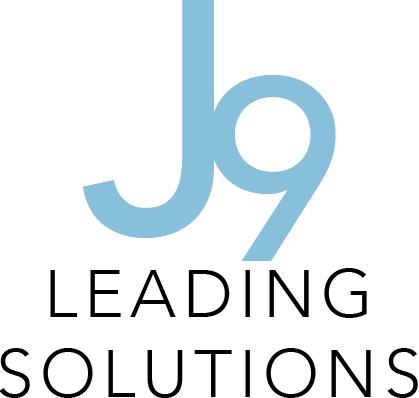
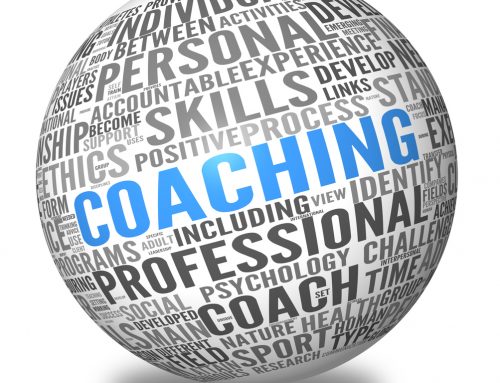

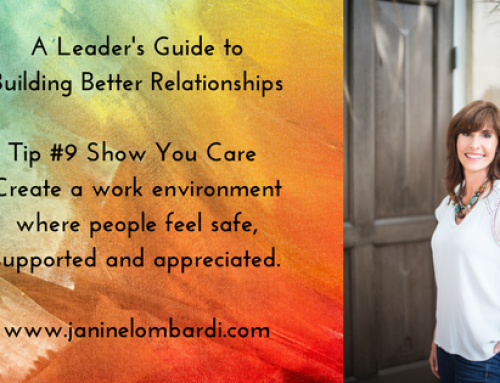
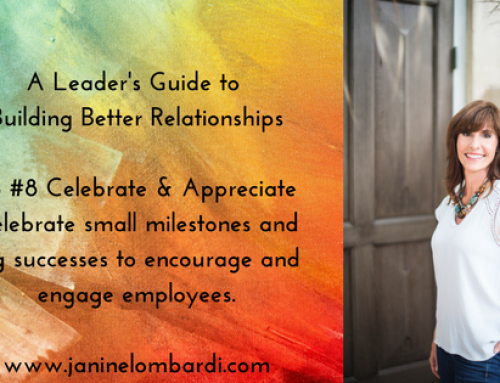
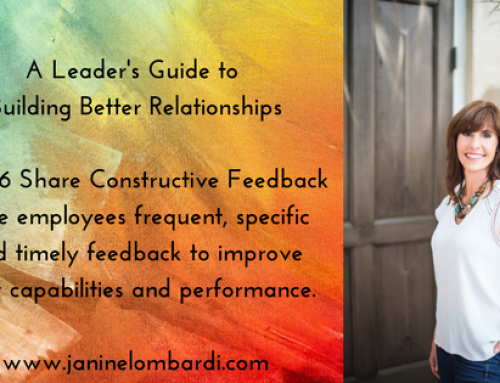
Leave A Comment